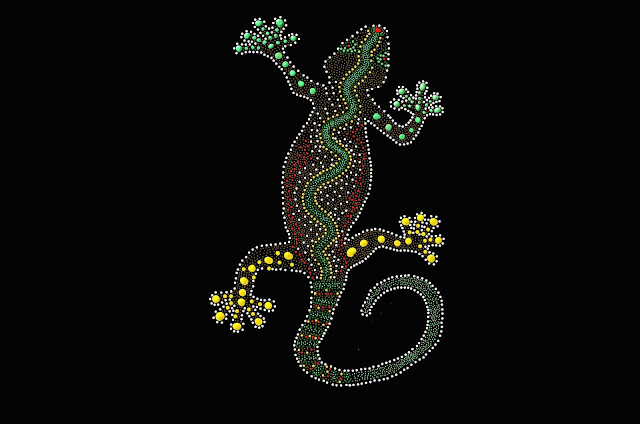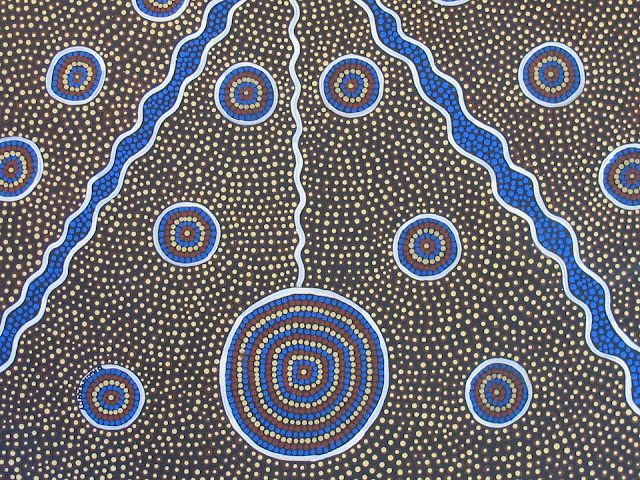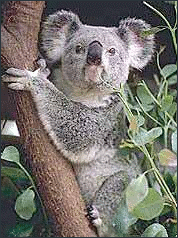This post contains affiliate
links. For more information, please see my Terms of Use and Disclosure Policy
page. Thank you.
Surprisingly, World War I also brought a number of poets into existence. Most of these men participated in the Great War itself and a few did not survive to see Armistice Day. Some of these poets had entered service feeling it was noble and just while others eventually felt disillusioned with the war. One such poet was Wilfred Owen of Great Britain.
As a Young Man
 Wilfred Owen, born on March 18, 1893, was the son of Thomas Owen (former seaman) and Susan Shaw. Owen was the eldest of four children and became protective of his siblings and had a close relationship with his mother. Owen did not attend university, like so many of the other British WWI poets, but instead attended Shrewsbury Technical School until he was 17. He worked for a time as an assistant for a minister and during that time planned to determine whether or not he wished to train as a clergyman. During his spare time, he read and began to write poetry. He would start to develop his own writing style that would help him become one of the most technically innovative and influential of the World War I poets.
Wilfred Owen, born on March 18, 1893, was the son of Thomas Owen (former seaman) and Susan Shaw. Owen was the eldest of four children and became protective of his siblings and had a close relationship with his mother. Owen did not attend university, like so many of the other British WWI poets, but instead attended Shrewsbury Technical School until he was 17. He worked for a time as an assistant for a minister and during that time planned to determine whether or not he wished to train as a clergyman. During his spare time, he read and began to write poetry. He would start to develop his own writing style that would help him become one of the most technically innovative and influential of the World War I poets.
He returned home from his time volunteering with the minister due to an illness and – after recovering – he taught in Bordeaux at the Berlitz School of Languages and then spent a year with a French Catholic Family, tutoring their sons.
Entering the War
After his time as a private tutor, he returned home to England in the summer of 1915. He eventually enlisted in the Artists' Rifles regiment in 1916. By December of 1916, he had left for France. Almost immediately he began writing of his experiences in the war: the marching and shelling. He wrote about the march of January 12, 1917 in "Dulce et Decorum Est" where they marched three miles along a shelled road and then three miles along a flooded trench. This was a typical experience – of marching in and on difficult terrain under machine-gun fire, already tired, and facing poison-gas attacks.
During 1917, Owen was injured three times including a hospitalization for a concussion. Unfortunately some of the experiences that Owen lived were common and were described not only in his letters to his mother but also in 'All Quiet on the Western Front.' Both the Allies and the Central Powers suffered horribly – sleeping in wet or frozen clothes, unable to get clean, hiding in holes with dead bodies (who were sometimes friends) – all these things took a toll on the men fighting. Owen made a series of trips to the hospital and he was eventually diagnosed as a victim of shell shock. Owen was sent to the Craiglockhart War Hospital in Edinburgh, Scotland where Siegfried Sassoon, a fellow poet, would be sent as well. He would spend four months at the hospital.
While it took two weeks for Owen to get the courage to meet Sassoon, the two quickly formed a close relationship, with Sassoon providing literary advice. During this time, Owen wrote of his terrifying experiences in France. Both Sassoon and Owen felt the war should be ended. And while they wished to remain in England to protest the war, they both did return to join their comrades in the trenches.
Owen began to organize his poems for publication. In a table of contents, Owen wrote a brief description of each poem with the title. He also drafted a preface in which he said his poetry would describe "the pity of War." He continued, "All the poets can do is to warn." He wished to be truthful and present an accurate picture of the war.
Returning to War
On September 1, 1918, Owen returned to active duty in France after a few months of light regimental duty in the United Kingdom. He would see devastation among the villages with the death of children when returned. He would write about this in letters but not in his poetry. Prior to this death, Owen wrote that he was better and his nerves were "in perfect order."
He was killed in action on November 4, 1918 while attempting to lead his men across the Sambre Canal at Ors. The Armistice was signed on November 11, 1918. His poems were collected after his death and introduced by Sassoon for publication.
Resources and References
Poetry Foundation: Wilfred Owen
Image of Wilfred Owen Lived Here Plaque is from User Rept0n1x at Wikimedia Commons
Interested in learning more about history?
If you truly enjoy history, I encourage you to read one of my other history-themed posts, such as a post about unrestricted submarine warfare or examine my Engaging History series.
Please join us for Blogging through the Alphabet this week!
- Amanda @ Hopkins Homeschool
- Kirsten @ DoodleMom Homeschool
- Jennifer @ A Peace of Mind
- Kimberley @ Vintage Blue Suitcase
- Christine @ Lifes's Special Necessities
- Yvonne @ The Life We Build
- Dawn @ Schoolin' Swag
- Wendy @ Life on Chickadee Lane
- Lori @ At Home: where life happens
- Kristen @ A Mom's Quest to Teach





















































